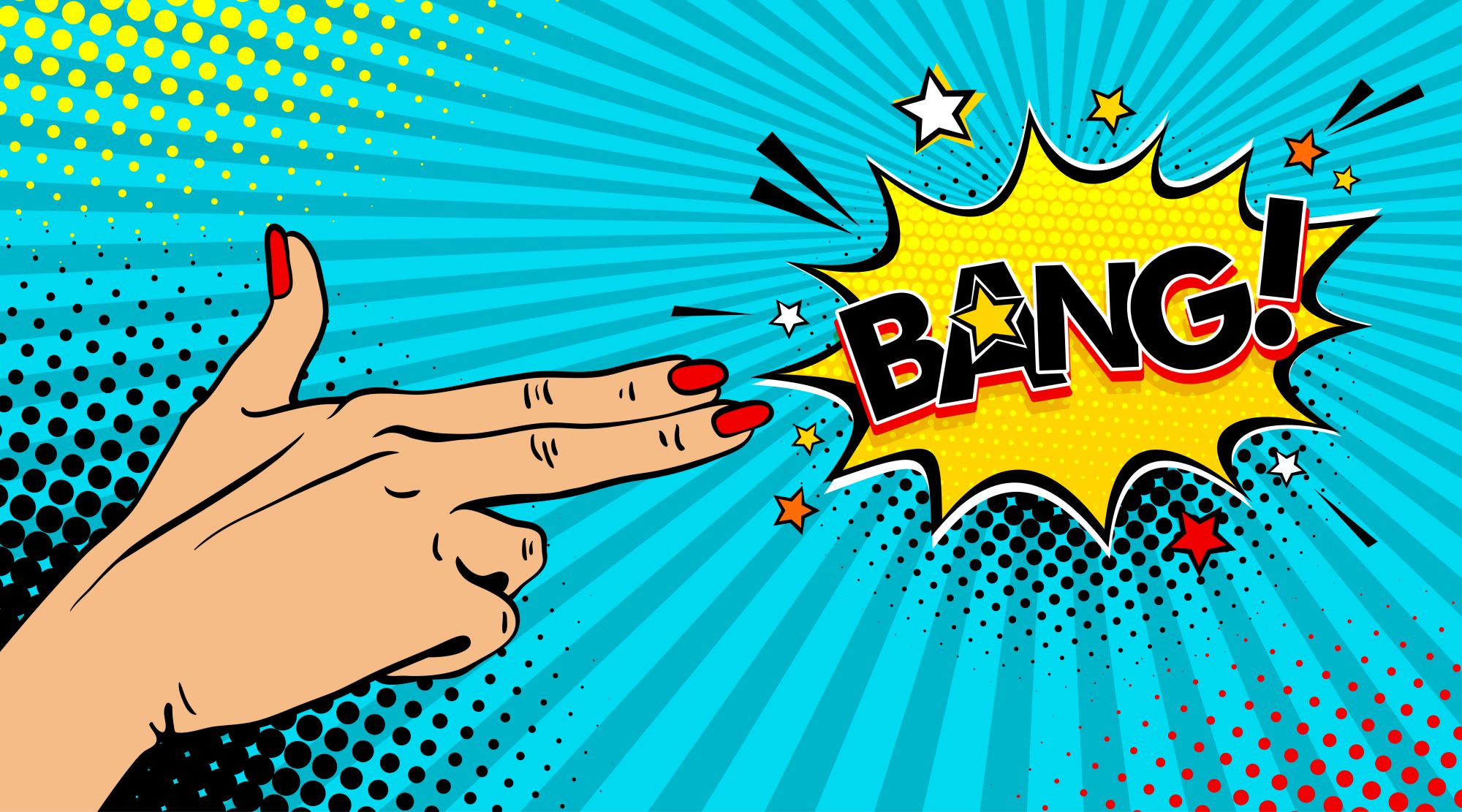What Triggers You?

What Triggers You?
As leaders, how we handle situations in full view of others can have grave or unintended consequences.
Last week, I observed how two clients were triggered by situations and how important it is for such leaders to understand their triggers and how to manage themselves appropriately in such circumstances.
One client was so irritated by a mediocre presentation that he had to speak out but he did so in a way that damaged his brand reputation, at least in the short term amongst his colleagues. Some fences and bridges now need to be repaired as a result.
Defining Triggers
In his best-selling book, Triggers, Marshall Goldsmith defines “a behavioural trigger as any stimulus that impacts our behaviour”. It could be an external event such as a green traffic light that makes us rev our car. It could be an internal feeling such as hunger, tiredness or even boredom that lights the fire in us.
As Marshall’s model suggests:
We experience an Event which Triggers an Impulse in us. Then we behave in a particular way and that has an impact, for good or ill.
However, if we can slow ourselves down in the moment that we sense the trigger, the equivalent of three eye blink moments, we can become aware of possible options open to us. We choose rather than the impulse getting its way. The result is that we will often behave in a different way with a different (often a more productive) outcome.
Sub-Optimal Option:

Optimal Option:

Triggered by a clash of values and unmet needs:
Take my first client above, he values excellence and competence and expects that of himself and others. When people fail to live up to those standards, he lets people know loud and clear what he thinks. This belief triggers an internal reaction in him. The result is that people retreat and he was later admonished for the way that he responded to the situation. The missing elements in examining this client’s situation was that he was not fully aware of what was really annoying him in the first instance and therefore, he did not allow himself time to see what options were open to him to manage the situation more effectively.
Triggered by the Environment:
My second client, who in a moment of fatigue, let her guard down and told a senior stakeholder some uncomfortable home truths. In this instance, she, like many of us, was triggered by the Environment. She hadn’t anticipated having a conversation with a senior leader at a late hour when she was tired. She hadn’t thought through what she wanted to influence and the outcome she ultimately was seeking with this leader. She found it too tempting to tell him the unvarnished truth, warts and all. The impulse to engage was far stronger in that moment for her than the instinct to show restraint.
Humans are wired to sense threat and feel a need to control. So, being triggered is not always easy to manage. As the musician Rag’n’Bone Man wrote, “I’m only human…You’re only human after all”. However, effective leaders are aware of their triggers and know how to self-regulate.
Here are some tips to help manage your triggers:
- Be aware of what triggers you – e.g. things that irritate you about others, the situations which you find more challenging
- Tune in to where you feel that physical or emotional tension just before the trigger consumes you. For me, I notice a tightening of my jaw line just moments beforehand so noticing it, I ask myself what is this about? (Awareness) What are my options? (Choice) What do I want to do about it? (Behaviour) and what is the consequence if I take that action? (Impact)
- Slow down: Very often when our emotions are aroused, we just react rather than consider. By slowing down our breathing and taking a moment to step back, pull back our own lens to see the macro perspective, we buy ourselves some time but also consider more options.
- Pick a Cue: We are all faced with trying situations so anticipating certain scenarios and thinking through the outcomes that you want ahead of time, will help you deal with them more effectively. Some of my clients find it easier to have a cue that they have either up on their wall or on their desk or even in their jacket pocket that reminds them of how they want to behave, reminds them of the best version of themselves that they want to be. Looking at it, touching it can be enough of a reminder for them. Do you need a cue? What would it be for you?
- Enlist Support: Behavioural change is hard but well worth it. So enlist support to stay focused, practice, reflect and get regular honest feedback to make and sustain the change.
Let me leave you with Marshall’s favourite tip on the subject of letting something go and avoiding doing something foolish. He frames his acronym AIWATT (first six words) in the following question:
Am I Willing, At This Time,
to make the investment required to make a positive difference on this topic?
Olwyn Merritt
